Construction Costs: The Quiet Deal Killer
By: Gannon Shepherd, Associate, and Dan Granot, Executive Director, GVA Advantis
How to avoid the pitfalls of escalating construction costs in your next real estate deal
The Issue: Like the heartburn that American consumers are experiencing at the gas pump, the global economy is giving many Atlanta companies sticker shock over the cost of constructing tenant improvements in their leased office space. Commercial construction costs in the United States have reached historical highs over the past three years and there is no indication that this price inflation will subside in the near future.
The main culprit is a global construction boom, led by China and India. The high volume of real estate development in these countries has led to a worldwide shortage of materials used in the construction of tenant interior space, namely drywall and copper. Escalating transportation costs and the damage caused by Hurricane Katrina have also contributed to price escalations of these same materials in the Southeast US.
A lack of attention to this trend during a lease transaction can destroy an otherwise perfect deal.
It’s Relevance: Nearly every office lease involves some aspect of construction. When a company signs a new lease or a lease renewal with a building owner, the Landlord typically contributes a negotiable tenant improvement allowance of $2-$4 per square foot of space leased, for every year of lease term. This is a loose rule of thumb for leases that are at least 3 years in term, and Landlords may not contribute any TI allowance to a tenant who signs a lease that is shorter than three years.
The vacancy in the Atlanta office market has decreased substantially over the last two years, and as a result, Landlords are charging higher rents, and contributing lower TI allowances than in the past. Atlanta companies who lease space have fewer TI dollars to construct their space, and each dollar buys them considerably less than what it did in the past. If there is an overage in construction costs, a tenant is faced with the often unattractive prospect of funding part of the construction themselves, extending the lease term, amortizing the overage into the rental rate, or losing considerable time by walking away from the deal.
Contractors throughout the country are also shortening the period of time that they will guarantee bid pricing, in an effort to minimize their exposure to increases in construction material costs. This dynamic is forcing office tenant to accelerate the deal-making process. A team consisting of experienced advisors and construction managers will ensure that a company is able to complete a successful transaction in the shortest amount of time.
The easiest way to avoid these problems is to search for a space that can be used on an “as-is” basis, or with minimal modifications. Unfortunately, a thorough search of the available office inventory may not yield any space options that are already configured to a company’s needs. At this time it is the job of the real estate advisor to evaluate the projected TI needs for each prospective facility and to determine if a sufficient TI allowance can be negotiated based on a company’s desired lease duration. The management team may also decide to re-evaluate of modify its lease structure criteria at this time.
This is a critical step and if a company or its advisor overlooks it, the resulting fallout can be costly. Construction pricing is often the last step in a transaction before a draft lease is issued by the Landlord. If a potential lease transaction proceeds to the construction pricing phase and then falls apart because there is an overage in TI costs, a company can lose 2-3 months of progress. In the case that a company needs to relocate to a new facility, this can translate into stiff holdover penalties from the existing Landlord, or disruption to the company’s operations.
Steps to Take: An experienced real estate advisor can guide the management team through the process of achieving the desired deal and avoiding its exposure to high construction costs:
Use a real estate advisor who offers Construction Management (CM) Services: A CM is a construction professional who is a valuable member of a company’s real estate advisory team. In a consultancy role, a CM evaluates the client’s TI needs for each prospective property well before the pricing stage of the transaction, allowing the company to eliminate properties which would not be good options because of TI constraints.
On a tactical level, the CM manages all scheduling, permitting, and contracting of the project once the lease is signed and the buildout begins. Many office building owners manage the construction project themselves and they charge the Tenant a fee for this service. Unfortunately the Landlord’s CM does not have much incentive to save the tenant money on the project, and this situation can lead to mismanagement of the TI funds that a company has worked hard to negotiate. An expert CM will act as an office tenant’s advocate to scrutinize every line item to ensure that there is no waste of time or tenant improvement dollars.
Target owners who are Dealmakers: Different property owners have varying appetites for the amount of TI allowance they will put into a deal, depending on the structure and objectives of each ownership entity. A local private owner may be less willing to contribute a large sum of TI cash to a deal than a public REIT would be. Similarly, an owner who is positioning a building for a quiet sale would structure a new or renewed lease differently than it did in the past. By understanding an owner’s past track record and future plans, a company can avoid wasting time pursuing a lease at a property whose ownership will never meet its expectations. An experienced real estate advisor should be able to guide a company through this evaluation.
Give in order to Get: It is important for an office Tenant’s management team to establish the criteria of the ideal lease or sublease deal, and it is an equally important practice to establish what deal points the Tenant has flexibility on if there if there is a gap between construction pricing and the amount of TI a Landlord will contribute. If extending the lease term or raising the rental rate are not acceptable solutions, a company may consider trading free rent concessions or for more TI dollars, or value engineering the finish level of the space in order to get the deal closed.

























